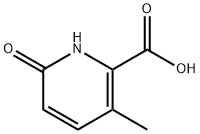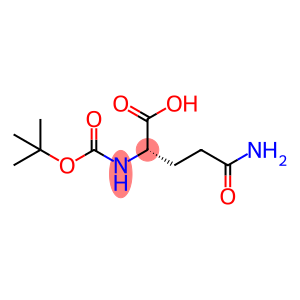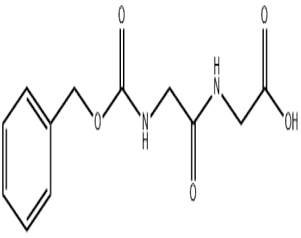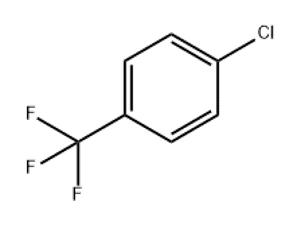3-Bromo-5-fluoropyridine(CAS# 407-20-5)
| Risk Codes | R22 – Harmful if swallowed R37/38 – Irritating to respiratory system and skin. R41 – Risk of serious damage to eyes R36/37/38 – Irritating to eyes, respiratory system and skin. R20/21/22 – Harmful by inhalation, in contact with skin and if swallowed. R10 – Flammable |
| Safety Description | S26 – In case of contact with eyes, rinse immediately with plenty of water and seek medical advice. S39 – Wear eye / face protection. S36 – Wear suitable protective clothing. S16 – Keep away from sources of ignition. |
| UN IDs | UN2811 |
| WGK Germany | 3 |
| HS Code | 29333990 |
| Hazard Note | Irritant |
| Hazard Class | 6.1 |
Introduction
5-Bromo-3-fluoropyridine is an organic compound. The following is an introduction to its nature, use, preparation method and safety information:
Quality:
- 5-Bromo-3-fluoropyridine is a solid with the morphology of white or yellow crystals.
- It is an organohalogen compound with high chemical activity.
- 5-Bromo-3-fluoropyridine is insoluble in water at room temperature, but soluble in organic solvents such as ethanol and ethers.
Use:
- 5-Bromo-3-fluoropyridine is often used as an important reagent in organic synthesis.
- It has strong electrophilic substitution and activation, and can be used for substitution, coupling and cyclization reactions in organic synthesis reactions.
Method:
- 5-Bromo-3-fluoropyridine can be synthesized by different methods, the most common method is to react bromofluoropyridine with acetonitrile.
- 3-Bromopyridine can also be obtained by first reacting with lithium subbromide to produce 3-bromopyridine, and then reacting with sodium fluoride to obtain 5-bromo-3-fluoropyridine.
Safety Information:
- 5-Bromo-3-fluoropyridine is an organic compound that is dangerous and requires safe handling in the laboratory.
- It may have an irritating effect on the eyes and skin and direct contact should be avoided.
- 5-Bromo-3-fluoropyridine should be stored in an airtight container, away from fire and high temperatures.
- When using and handling, follow relevant safety operating procedures and be equipped with appropriate protective equipment such as gloves and goggles.








